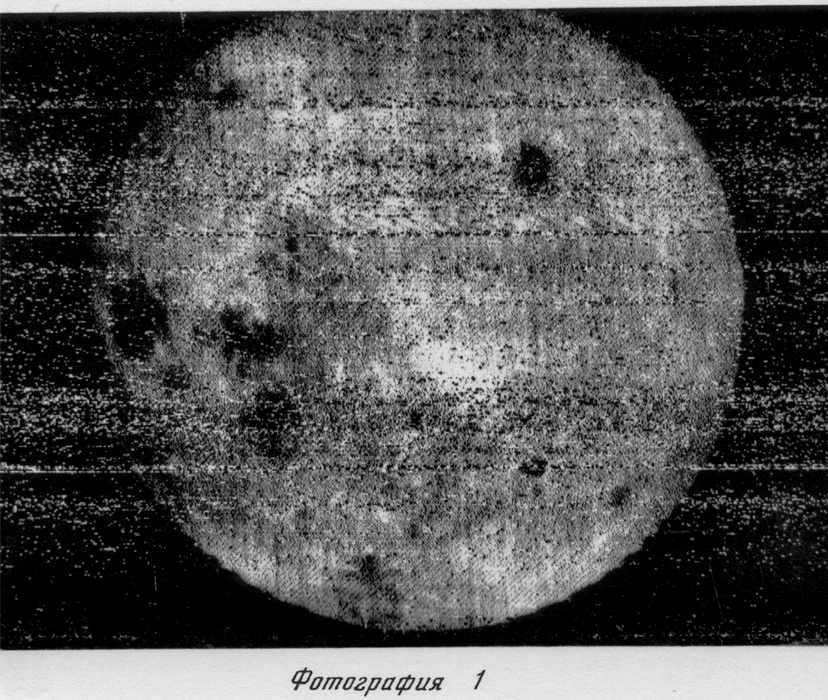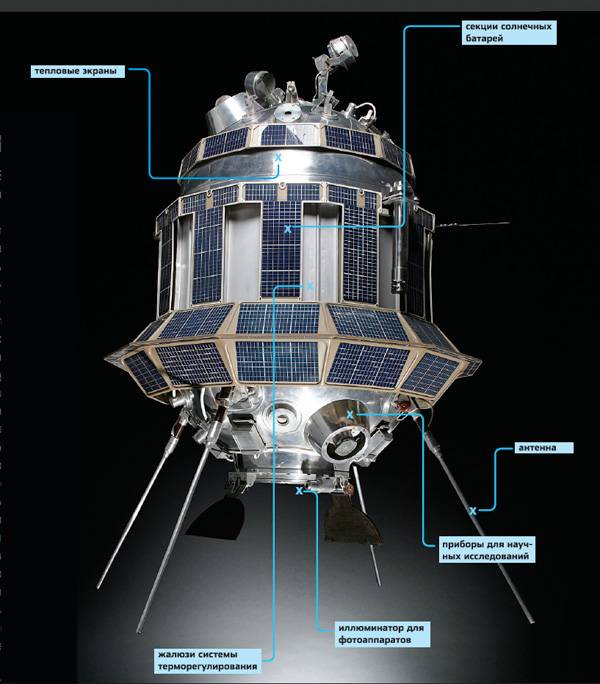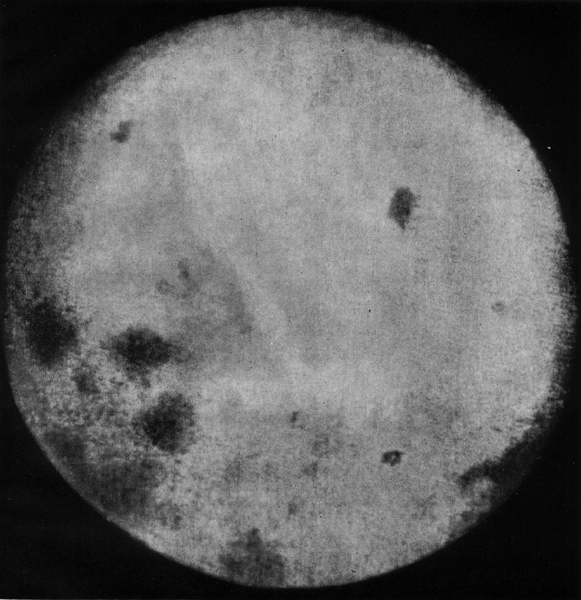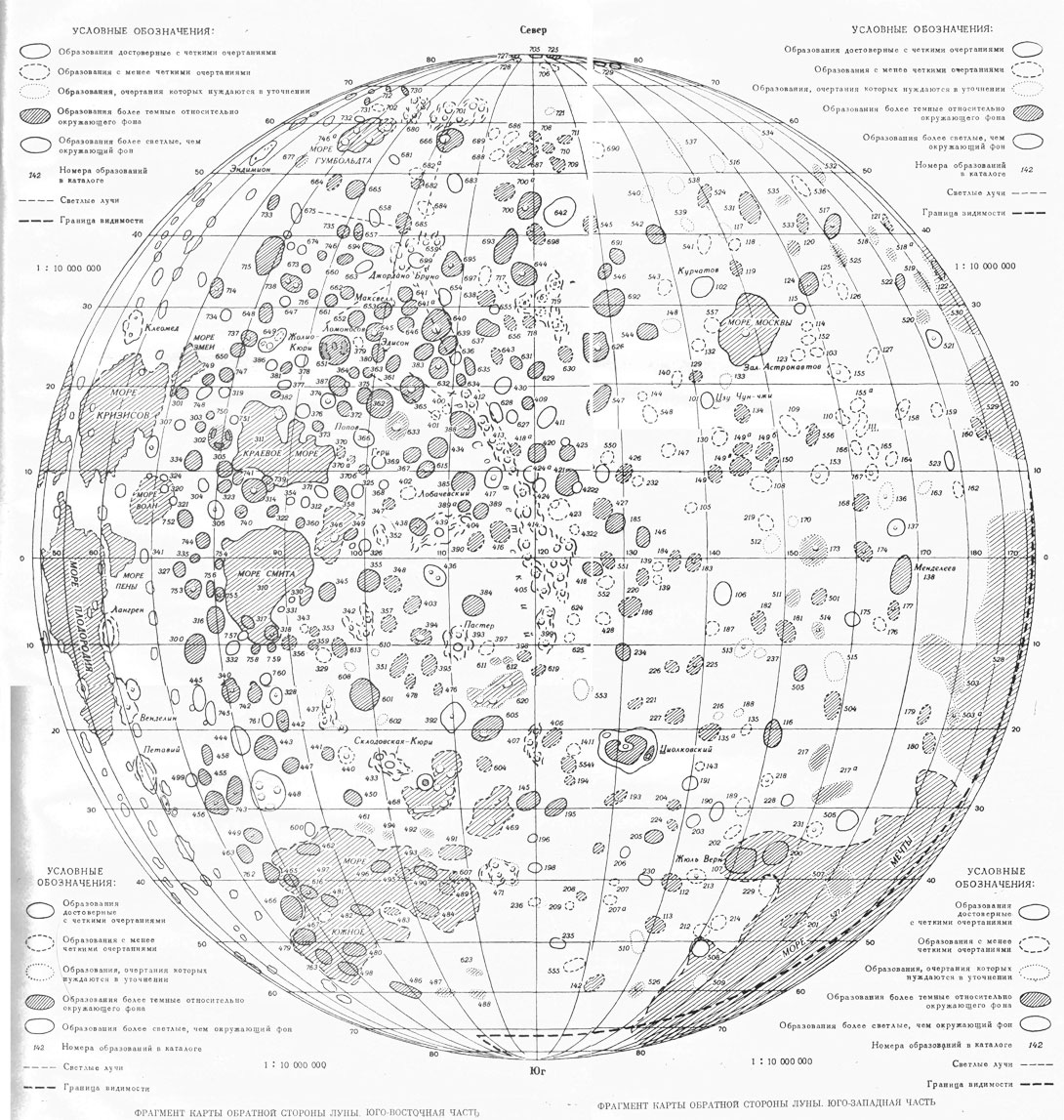The first photograph of the far side of the moon: a bit of history

No, today is not another memorable date related to any achievement in space exploration. The other day the history of the Luna-1 spacecraft was published on Habré , in connection with which it is worth recalling, probably, one of the most famous spacecraft - the Luna-3.

The fact is that it was this Soviet spacecraft that received images of the far side of the moon. It happened on October 7, 1959, at 6.30 a.m. (Moscow time).
Using two lenses (focal lengths of 200 and 500 mm), it was possible to photograph about half the surface of the moon (with 2/3 of the pictures being the far side of the moon) from a distance of about 67,000 km. It is worth noting that the shooting was carried out with a shutter speed of 1/200, 1/400, 1/600 and 1/800. Pictures were displayed directly on board the device

Here is such a difficult path the device has traveled in order to reach the optimum point for taking pictures.
Only 17 “scanned” images were transmitted to Earth, after which communication with the spacecraft was lost. Well, a little later, six months later, the device burned out (planned) in the Earth’s atmosphere, with all the images and equipment.

Here is an interesting point - the shooting was not on Soviet, but on American film, which was found in American equipment (as far as you can understand, the equipment was removed from American reconnaissance balloons that aerial photographed the territories of the USSR. The devices either landed themselves as a result of a crash / breakdown or they were shot down). So, the domestic film, as it turned out, did not meet the technical requirements when shooting the Moon, therefore, it was used (secretly from the authorities) foreign “spy” film 35 mm wide.

Unfortunately, the noise level during data transfer was very high, so these photos cannot be called high-quality. But it was they who added a lot of data to the information about the Moon, and also allowed the USSR to get the right to name the newly discovered objects on the far side of the Moon.
By the way, the images taken by Luna-3 can be seen on the NASA website (yes, it is NASA), here .

And here is a map of the far side of the moon, built on the basis of the results obtained by the “Moon-3” photos (thanks to shubinpavel ).
Via nasa + popmech
